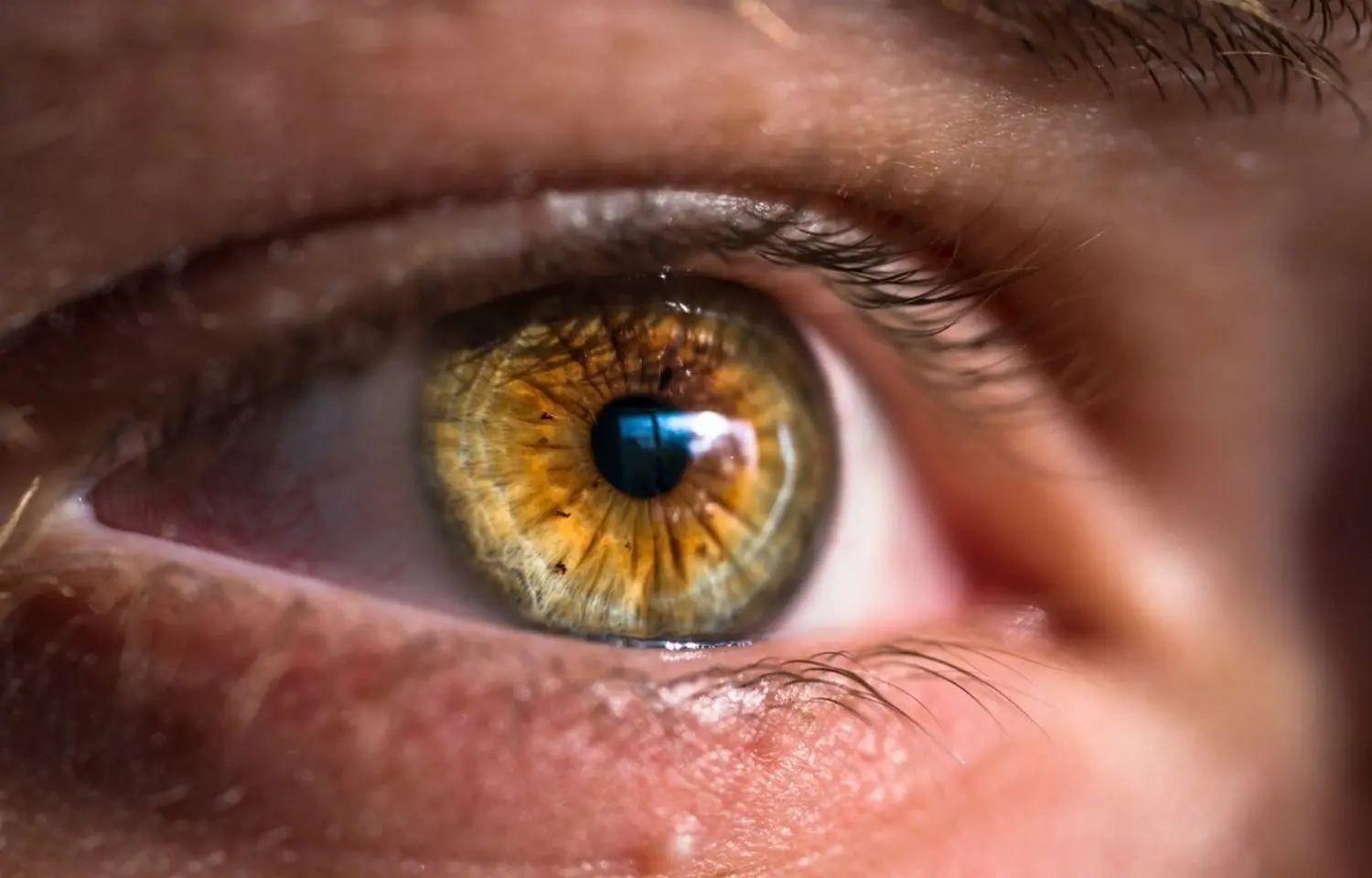- Home
- Medical news & Guidelines
- Anesthesiology
- Cardiology and CTVS
- Critical Care
- Dentistry
- Dermatology
- Diabetes and Endocrinology
- ENT
- Gastroenterology
- Medicine
- Nephrology
- Neurology
- Obstretics-Gynaecology
- Oncology
- Ophthalmology
- Orthopaedics
- Pediatrics-Neonatology
- Psychiatry
- Pulmonology
- Radiology
- Surgery
- Urology
- Laboratory Medicine
- Diet
- Nursing
- Paramedical
- Physiotherapy
- Health news
- Fact Check
- Bone Health Fact Check
- Brain Health Fact Check
- Cancer Related Fact Check
- Child Care Fact Check
- Dental and oral health fact check
- Diabetes and metabolic health fact check
- Diet and Nutrition Fact Check
- Eye and ENT Care Fact Check
- Fitness fact check
- Gut health fact check
- Heart health fact check
- Kidney health fact check
- Medical education fact check
- Men's health fact check
- Respiratory fact check
- Skin and hair care fact check
- Vaccine and Immunization fact check
- Women's health fact check
- AYUSH
- State News
- Andaman and Nicobar Islands
- Andhra Pradesh
- Arunachal Pradesh
- Assam
- Bihar
- Chandigarh
- Chattisgarh
- Dadra and Nagar Haveli
- Daman and Diu
- Delhi
- Goa
- Gujarat
- Haryana
- Himachal Pradesh
- Jammu & Kashmir
- Jharkhand
- Karnataka
- Kerala
- Ladakh
- Lakshadweep
- Madhya Pradesh
- Maharashtra
- Manipur
- Meghalaya
- Mizoram
- Nagaland
- Odisha
- Puducherry
- Punjab
- Rajasthan
- Sikkim
- Tamil Nadu
- Telangana
- Tripura
- Uttar Pradesh
- Uttrakhand
- West Bengal
- Medical Education
- Industry
Can retinal age gap predict future risk of Parkinson's disease?

China: The retinal age gap can be used as a biological aging marker for identifying individuals at a higher risk of developing future Parkinson's disease (PD), a recent study has suggested.
Wenyi Hu, Ophthalmology, Guangdong Provincial People's Hospital, Guangzhou, China, and colleagues in their study published in the journal Age and Ageing found that the retinal age gap was associated with the future risk of incident PD. "Further studies are needed to look into the association between the dynamic changes of retinal age gaps over time and PD risks to further validate our findings," they wrote.
The retinal age gap, derived from fundus images using deep learning, is the difference between the biological age of the retina and a person's chronological age. A positive value is an indication of the retinal being older than the actual age of the person.
The study was undertaken with the objective to investigate the association between the retinal age gap (retinal age–chronological age) and incident Parkinson's disease.
For this purpose, the researchers used deep learning (DL) model trained on 19,200 fundus images of 11,052 chronic disease-free participants for predicting retinal age. The retinal age gap was generated by the trained DL model for the remaining 35,834 participants free of PD at the baseline assessment.
The association between retinal age gap and incident PD was investigated using Cox proportional hazards regression models. For the prediction of 5-year PD risk and the area under the receiver operator characteristic curves (AUC), a multivariable logistic model was applied for estimating the predictive value.
The present analysis included a total of 35,834 participants (56.7 ± 8.04 years, 55.7% female) free of PD at baseline.
The findings of the study were as follows:
- After adjustment of confounding factors, a 1-year increase in the retinal age gap was associated with a 10% increase in the risk of PD (hazard ratio [HR] = 1.10).
- Compared with the lowest quartile of the retinal age gap, the risk of PD was significantly increased in the third and fourth quartiles (HR = 2.66; HR = 4.86 respectively).
- The predictive value of retinal age and established risk factors for 5-year PD risk were comparable (AUC = 0.708 and 0.717).
To conclude, the "retinal age gap demonstrated a potential for identifying individuals at a high risk of developing future PD."
Reference:
Wenyi Hu, Wei Wang, Yueye Wang, Yifan Chen, Xianwen Shang, Huan Liao, Yu Huang, Gabriella Bulloch, Shiran Zhang, Katerina Kiburg, Xueli Zhang, Shulin Tang, Honghua Yu, Xiaohong Yang, Mingguang He, Zhuoting Zhu, Retinal age gap as a predictive biomarker of future risk of Parkinson's disease, Age and Ageing, Volume 51, Issue 3, March 2022, afac062, https://doi.org/10.1093/ageing/afac062
Dr Kamal Kant Kohli-MBBS, DTCD- a chest specialist with more than 30 years of practice and a flair for writing clinical articles, Dr Kamal Kant Kohli joined Medical Dialogues as a Chief Editor of Medical News. Besides writing articles, as an editor, he proofreads and verifies all the medical content published on Medical Dialogues including those coming from journals, studies,medical conferences,guidelines etc. Email: drkohli@medicaldialogues.in. Contact no. 011-43720751


